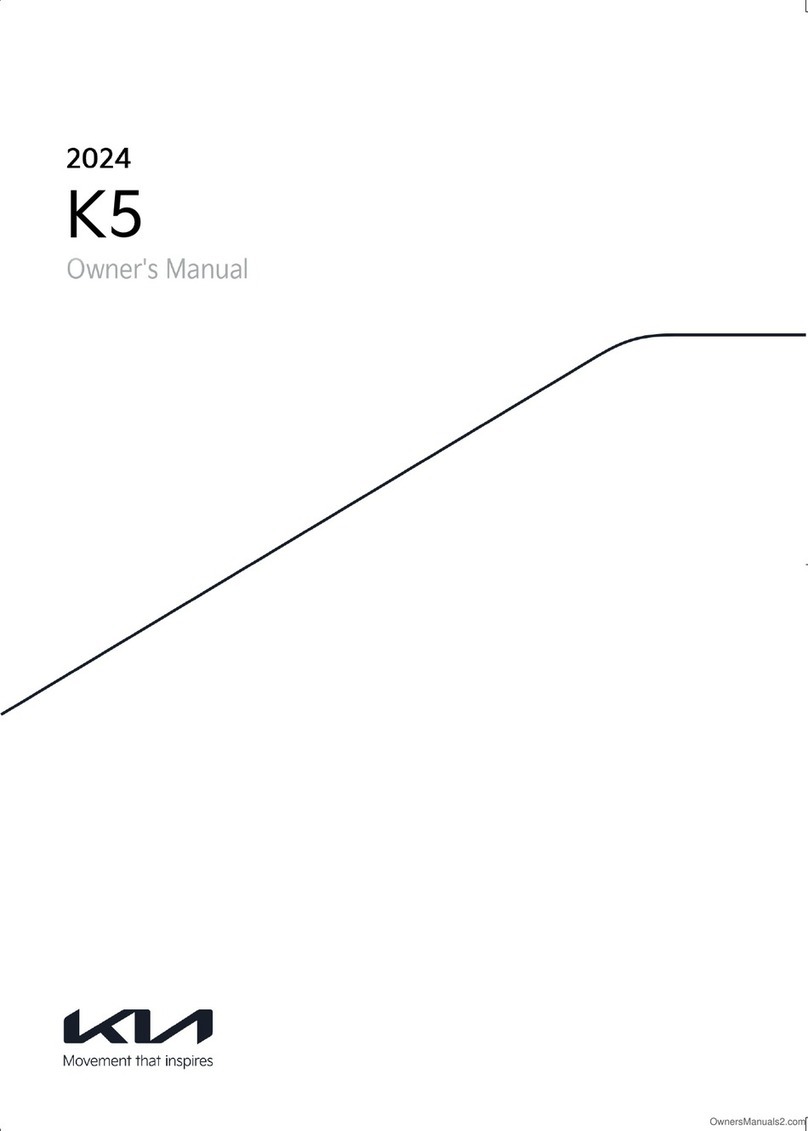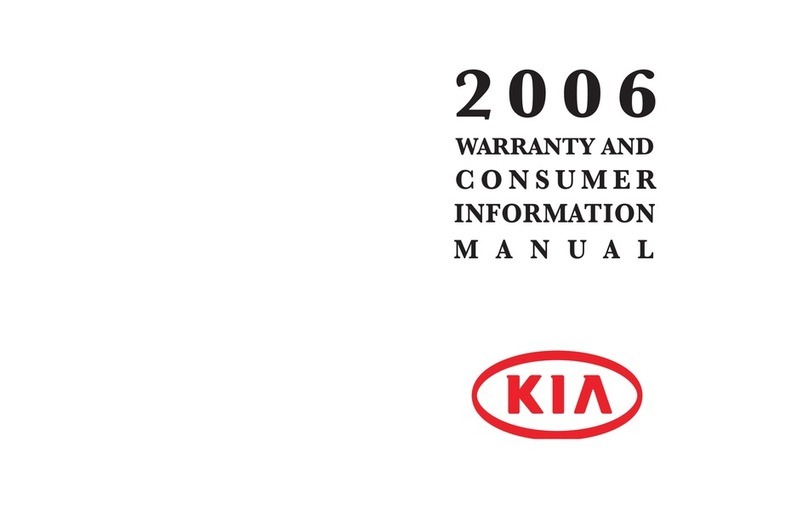Kia OPTIMA PHEV User manual
Other Kia Automobile manuals

Kia
Kia amanti 2004 User manual

Kia
Kia 2016 Optima Hybrid User manual

Kia
Kia Optima 2018 User manual

Kia
Kia E-Soul User manual

Kia
Kia Spectra User manual

Kia
Kia Sportage User manual

Kia
Kia Cerato User manual

Kia
Kia 2014 Optima Hybrid Parts list manual

Kia
Kia Cadenza 2018 Assembly instructions

Kia
Kia Soul 2011 User manual

Kia
Kia 2014 Soul User manual

Kia
Kia K5 2024 User manual

Kia
Kia Carnival 2022 Assembly instructions

Kia
Kia SOUL EV User manual

Kia
Kia Borrego 2009 User manual

Kia
Kia Sportage 2013 User manual

Kia
Kia quoris User manual

Kia
Kia Borrego 2011 User manual

Kia
Kia 2006 Automobile User manual

Kia
Kia niro hybrid 2020 Parts list manual































